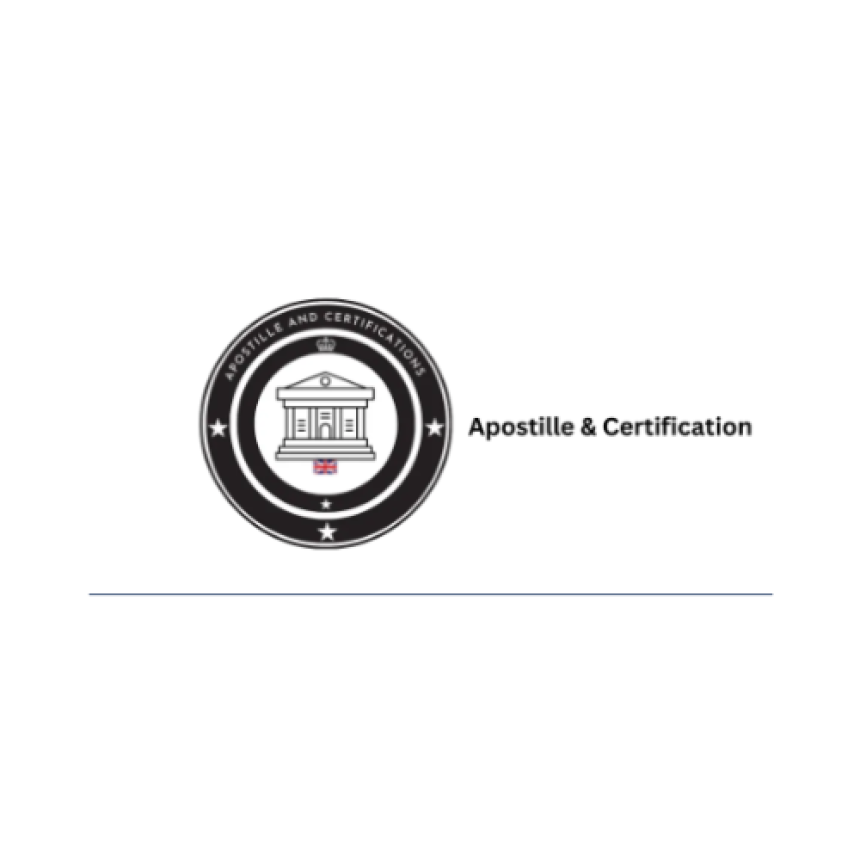
Enhancing Material Handling Efficiency with Pneumatic Slide Gates
Understanding Pneumatic Slide Gates: A Comprehensive Overview
Pneumatic slide gates are essential components in material handling systems, enabling efficient and controlled flow of bulk materials. In this section, we will delve into the basics of pneumatic slide gates, their functionality, and the key components that make them effective in various industrial applications.
Introduction: Pneumatic slide gates are devices used to regulate the flow of materials in pneumatic conveying systems. They consist of a gate or blade that slides across an opening, allowing or blocking the flow of materials. Pneumatic slide gates are commonly used in industries such as mining, agriculture, food processing, chemical processing, and more.
Operating Principles: Pneumatic slide gates operate on the principle of air pressure. Compressed air is used to actuate the gate, either opening or closing it. This pneumatic actuation ensures quick and precise control over material flow, allowing for seamless integration into material handling systems.
Key Components:
- Gate or Blade: The gate or blade is the movable part of the slide gate that controls the material flow. It can be made of various materials depending on the application requirements, such as stainless steel, carbon steel, or abrasion-resistant materials.
- Actuator: The actuator is responsible for moving the gate or blade. It converts the energy from compressed air into mechanical motion to open or close the gate. Actuators can be pneumatic or electric, depending on the specific needs of the system.
- Sealing Mechanism: A tight seal is crucial to prevent leakage or material loss when the gate is closed. Various sealing mechanisms, such as inflatable seals or blade edge seals, are employed to ensure an effective seal.
- Control System: The control system manages the actuation of the gate, monitoring the material flow and adjusting the gate position accordingly. It can be automated or manually operated, depending on the level of control desired.
Applications and Benefits:
Pneumatic slide gates offer numerous advantages in material handling applications. Some key benefits include:
- Precise material flow control: Pneumatic slide gates enable accurate regulation of material flow rates, allowing operators to maintain optimal process conditions and prevent overflows or blockages.
- Minimal material degradation: The controlled flow provided by slide gates helps minimize material degradation, preserving the quality and integrity of the handled materials.
- Versatility: Pneumatic slide gates can handle a wide range of materials, from fine powders to abrasive granules, making them suitable for various industries.
- Ease of integration: These gates can be seamlessly integrated into existing material handling systems, improving overall operational efficiency.
Advantages of Pneumatic Slide Gates in Material Handling Applications
Pneumatic slide gates offer significant advantages over alternative methods of material flow control. In this section, we will explore the key benefits that make them a preferred choice in various material handling applications.
- Enhanced Control and Efficiency: Pneumatic slide gates provide precise control over material flow rates, enabling operators to adjust the flow according to the process requirements. This level of control helps optimize material handling operations, reducing waste and improving overall efficiency.
- Reduced Material Loss and Contamination: Effective sealing mechanisms in pneumatic slide gates minimize material loss during the flow control process. By preventing leaks and spillages, these gates help maintain a clean and contamination-free working environment, ensuring the integrity of the handled materials.
- Flexibility and Adaptability: Pneumatic slide gates can handle a wide range of materials, including powders, granules, and even abrasive substances. Their versatility allows for seamless integration into diverse material handling systems, making them suitable for various industries such as mining, chemical processing, agriculture, and more.
- Quick and Reliable Operation: Pneumatic slide gates are known for their rapid response times, allowing for quick adjustments in material flow. The pneumatic actuation system ensures a reliable and consistent gate operation, minimizing downtime and maintaining a smooth production flow.
- Ease of Installation and Maintenance: Installing pneumatic slide gates is relatively straightforward, and they can be retrofitted into existing material handling systems without major modifications. Additionally, their design facilitates easy maintenance, reducing downtime for repairs or component replacements.
In the next section, we will discuss essential factors to consider when selecting the right pneumatic slide gate for your material handling system.
Selecting the Right Pneumatic Slide Gate for Your Material Handling System
Choosing the appropriate pneumatic slide gate for your material handling system is crucial to ensure optimal performance and efficiency. In this section, we will discuss key factors to consider when selecting a slide gate for your specific application.
- Material Characteristics: The first step in selecting a pneumatic slide gate is understanding the characteristics of the material being handled. Consider factors such as particle size, abrasiveness, moisture content, and flow properties. Different materials may require specific gate designs, materials, and sealing mechanisms to ensure effective and reliable operation.
- Operating Conditions: Evaluate the operating conditions in which the slide gate will be used. Factors such as temperature, pressure, and environmental conditions can influence the choice of materials and sealing mechanisms. For example, high-temperature applications may require gates with heat-resistant materials or specialized seals to prevent degradation or failure.
- Flow Rate and Capacity: Determine the required flow rate and capacity of the slide gate based on your material handling system's demands. Consider the volume of material to be handled per unit of time and ensure that the selected gate can accommodate the desired flow rates without causing blockages or material flow issues.
- System Integration: Evaluate how the slide gate will integrate into your existing material handling system. Consider factors such as available space, inlet, and outlet configurations, and compatibility with the conveying equipment. Ensure that the gate's dimensions and connection options align with your system's requirements to facilitate a smooth integration.
- Maintenance and Accessibility: Consider the ease of maintenance and accessibility of the slide gate. Choose a gate that allows for straightforward inspection, cleaning, and routine maintenance procedures. Components such as seals and actuators should be easily accessible for inspection and replacement, if needed, to minimize downtime.
- Reliability and Durability: Select a pneumatic slide gate from a reputable manufacturer known for producing high-quality and durable equipment. Check for features such as robust construction, reliable sealing mechanisms, and proven performance in similar applications. Ensuring the gate's reliability is crucial for maintaining uninterrupted material flow and reducing the risk of equipment failures.
- Cost Considerations: While cost should not be the sole determining factor, it is important to consider the overall cost-effectiveness of the pneumatic slide gate. Evaluate the initial purchase cost, installation expenses, maintenance requirements, and potential energy savings. A well-designed and efficient gate may have a higher upfront cost but can provide long-term benefits through improved productivity and reduced operational costs.
By considering these factors and consulting with experts or manufacturers, you can select the most suitable pneumatic slide gate for your material handling system, ensuring optimal performance and efficiency.
Installation and Maintenance Tips for Pneumatic Slide Gates
Proper installation and regular maintenance are essential to ensure the optimal performance and longevity of pneumatic slide gates. In this section, we will provide some valuable tips for the installation and maintenance of these gates.
- Installation Tips: Follow Manufacturer's Guidelines: Carefully read and follow the manufacturer's installation instructions provided with the slide gate. Each gate may have specific requirements and recommendations for installation, including proper alignment, mounting, and connection procedures.
- Ensure Proper Sealing: Pay close attention to the sealing mechanism during installation. Ensure that the seals are properly aligned, positioned, and tightened to prevent material leakage or bypass.
- Check Actuator Alignment: Ensure that the actuator is properly aligned with the gate blade to allow smooth movement and accurate control. Improper alignment can result in misalignment, increased wear and tear, and reduced gate performance.
- Secure Mounting: Properly secure the slide gate to its mounting surface using appropriate fasteners. Ensure that the gate is rigidly mounted to prevent vibrations or shifting during operation.
- Test and Adjust: After installation, perform thorough testing of the gate's operation. Check for any issues such as binding, excessive friction, or improper sealing. Make necessary adjustments to ensure smooth and precise gate movement.
- Maintenance Tips: Regular Inspections: Conduct routine inspections of the slide gate to identify any signs of wear, damage, or misalignment. Inspect the gate blade, seals, actuators, and connections for any abnormalities.
- Cleanliness: Keep the gate and its components clean from dust, debris, or material buildup. Regularly remove any accumulated material on the gate blade, seals, and surrounding areas to prevent blockages or hindered gate movement.
- Lubrication: Follow the manufacturer's recommendations for lubricating the gate's moving parts, such as hinges or sliding mechanisms. Proper lubrication can reduce friction, ensure smooth operation, and extend the lifespan of the gate.
- Seal Inspection and Replacement: Check the condition of the seals regularly. Look for signs of wear, cracks, or damage that may affect the gate's sealing performance. Replace worn or damaged seals promptly to maintain effective material containment.
- Actuator Maintenance: If the slide gate utilizes pneumatic actuators, regularly inspect and maintain them according to the manufacturer's guidelines. Check for air leaks, proper pressure, and actuator functionality. Clean or replace filters and lubricate as required.
By following these installation and maintenance tips, you can maximize the reliability, performance, and lifespan of your pneumatic slide gates, ensuring smooth material flow and minimizing downtime.
Case Studies: Success Stories of Pneumatic Slide Gate Implementation
Real-world case studies can provide valuable insights into the successful implementation of pneumatic slide gates in various industries. In this section, we will explore a few examples that highlight the advantages and positive outcomes achieved through the use of these gates.
- Mining Industry: A large mining company sought to improve the efficiency and productivity of their bulk material handling process. By implementing pneumatic slide gates in their conveyor systems, they were able to achieve precise control over material flow rates and minimize spillage or material loss during transfer points. This resulted in reduced downtime, improved operational efficiency, and significant cost savings.
- Food Processing Industry: A food processing plant was facing challenges in maintaining the integrity and quality of their powdered ingredients during the transfer process. By incorporating pneumatic slide gates into their production line, they gained better control over material flow, reducing the risk of contamination and product degradation. The gates also facilitated easy cleaning and maintenance, ensuring hygienic handling practices and meeting stringent food safety regulations.
- Chemical Processing Industry: A chemical processing facility needed a reliable solution to regulate the flow of abrasive materials in their production line. They replaced their existing slide gates with pneumatic slide gates equipped with abrasion-resistant materials and specialized sealing mechanisms. The new gates demonstrated enhanced durability, withstanding the abrasive nature of the materials and significantly reducing maintenance and replacement costs.
- Agricultural Industry :An agricultural plant handling granular fertilizers encountered issues with inconsistent flow rates and material segregation. By integrating pneumatic slide gates into their system, they achieved better control and uniformity in material flow, resulting in improved fertilizer blending accuracy. This led to higher-quality end products and increased customer satisfaction.
- Power Generation Industry: A power generation plant required a reliable method to control the flow of coal into their boilers. By implementing pneumatic slide gates in their coal handling systems, they achieved precise control over the fuel feed rate, optimizing combustion efficiency and reducing emissions. The gates also minimized material spillage and improved the overall safety of the operation.
These case studies demonstrate the effectiveness and positive impact of pneumatic slide gates in various industries. By addressing specific material handling challenges and providing precise control over material flow, these gates contribute to increased productivity, improved product quality, reduced downtime, and cost savings.
Conclusion:
Pneumatic slide gates play a critical role in enhancing material handling efficiency in a wide range of industries. Their ability to provide precise control over material flow rates, minimize material loss, and ensure efficient integration into existing systems make them indispensable components in material handling operations.
Understanding the fundamentals of pneumatic slide gates, their advantages, and the key factors to consider when selecting, installing, and maintaining these gates is crucial for achieving optimal performance and maximizing their lifespan. By following proper installation procedures, conducting routine maintenance, and selecting the right gate for specific applications, industries can reap the benefits of improved productivity, reduced downtime, and cost savings.
Through real-world case studies, we have witnessed the successful implementation of pneumatic slide gates in mining, food processing, chemical processing, agriculture, and power generation industries. These examples highlight the positive outcomes achieved by utilizing slide gates, such as improved efficiency, enhanced product quality, and compliance with industry regulations.
As industries continue to prioritize efficiency and productivity in their material handling processes, pneumatic slide gates will remain an invaluable tool for achieving these goals. By harnessing the benefits of these gates, businesses can streamline their operations, optimize material flow, and drive overall success in their respective industries.
Need help in growing your business? If you care for your business and want to see it at the top like them, you can contact Grow Media Digital. Grow Media Digital is a one-stop solution for every digital need. For More Details, Visit Our Official Website: https://www.growmedia.digital/




